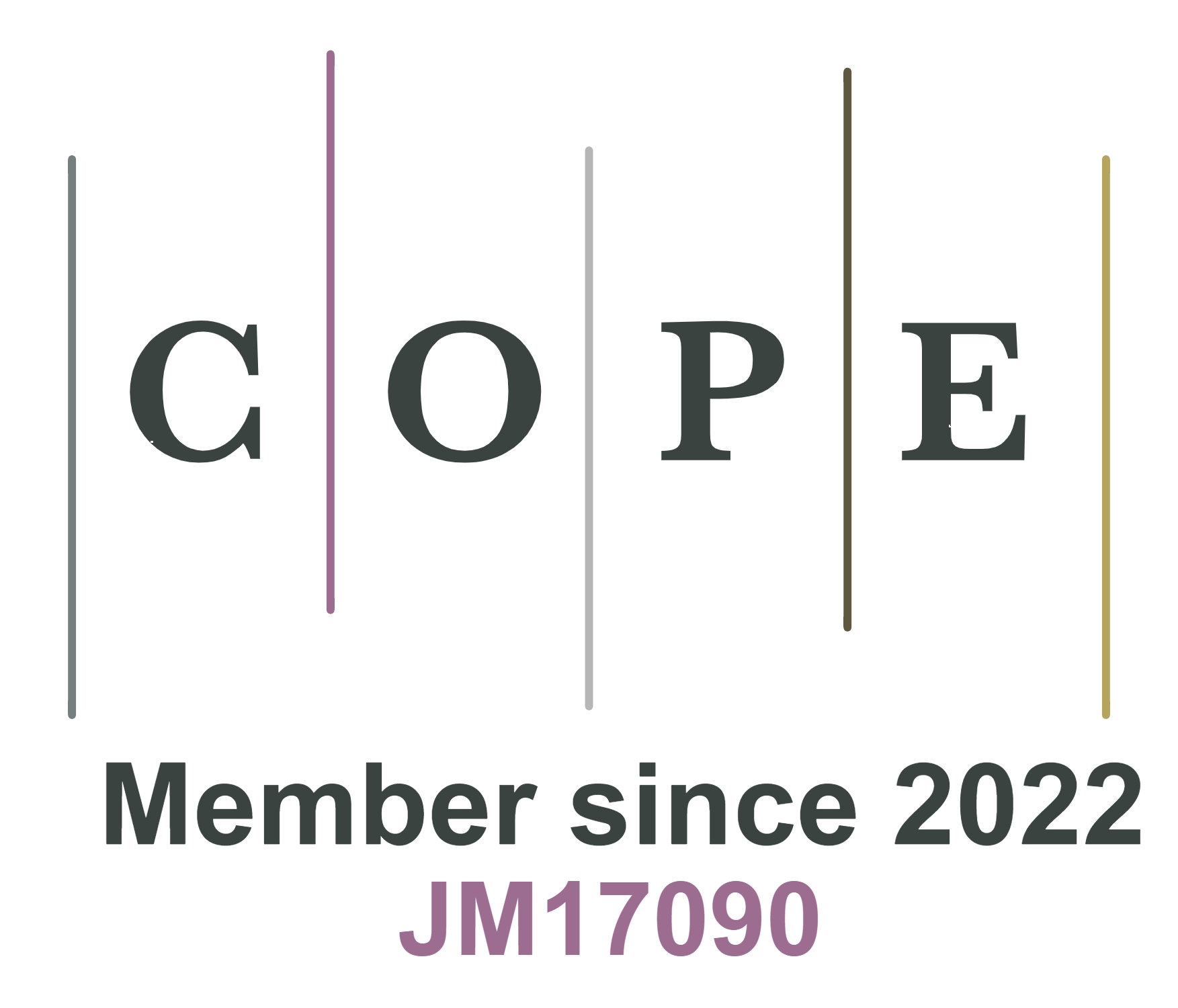fig5
Figure 5. Production humidity sensors and gas sensors. (A and B) Humidity sensor; (C and D) Gas sensor. (A) Humidity sensor fabrication and respiratory monitoring. Reproduced with permission[57]. Copyright 2024, Elsevier; (B) The preparation process of the humidity sensors. Reproduced with permission[58]. Copyright 2022, Elsevier; (C) Fabrication of composite materials and gas sensor. Reproduced with permission[62]. Copyright 2020, American Chemical Society; (D) Fabrication of flexible gas sensor. Reproduced with permission[64]. Copyright 2021, Elsevier. KPMX: “MX” came from “MXene”, while “K” indicated that MXene was alkalized by KOH solution, and “P” meant the poly(diallyldimethylammonium chloride) chains loaded on the surface of the Ti3C2Tx nanoribbons; PEI: polyethyleneimine; AgNO3: silver nitrate; PMX6-A7: PEI/MXene/AgNO3, 6 represented the concentrations of PEI and 7 represented the concentrations of AgNO3; PI: polyimide; EDOT: 3,4-ethylenedioxythiophene; PEDOT: poly(3,4-ethylenedioxythiophene); PSS: poly(4-styrenesulfonate); HCl: hydrochloric acid; HT: high-temperature.











